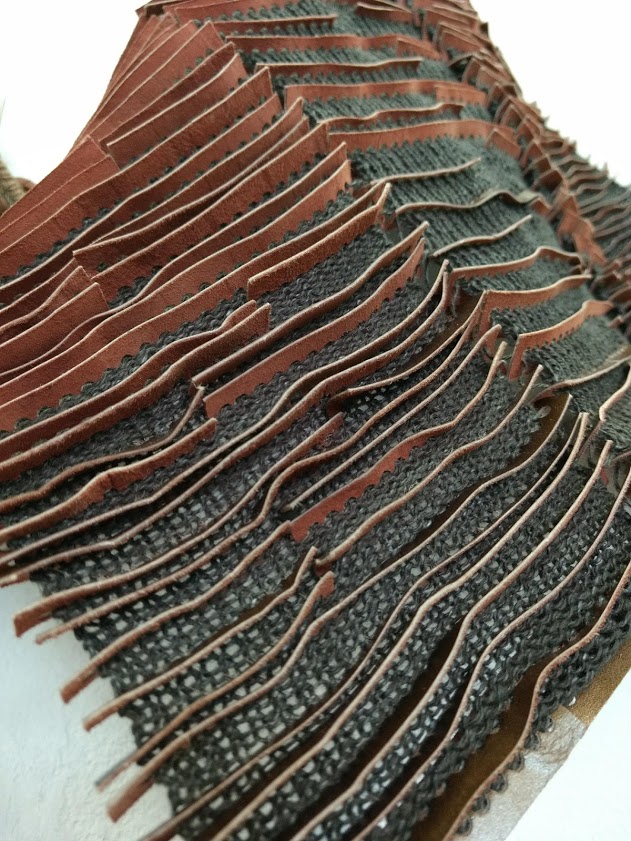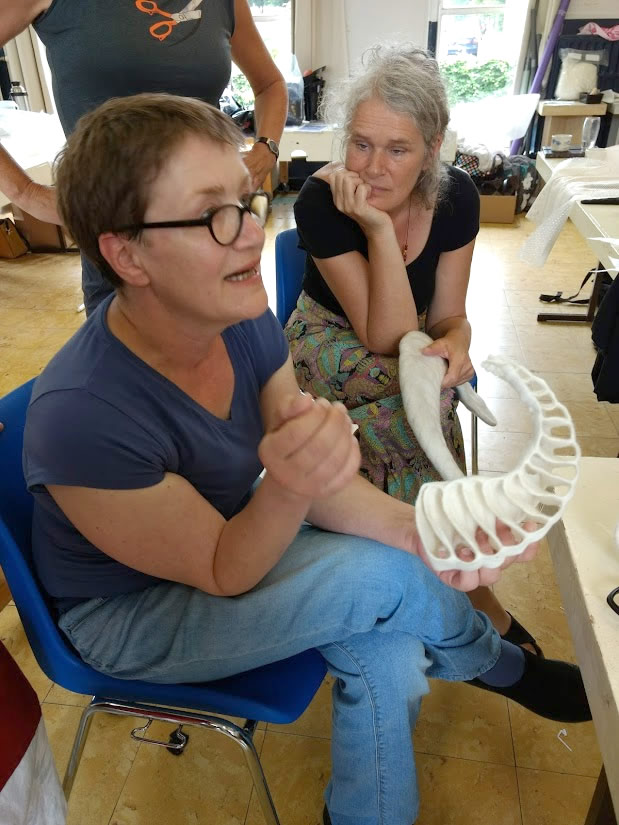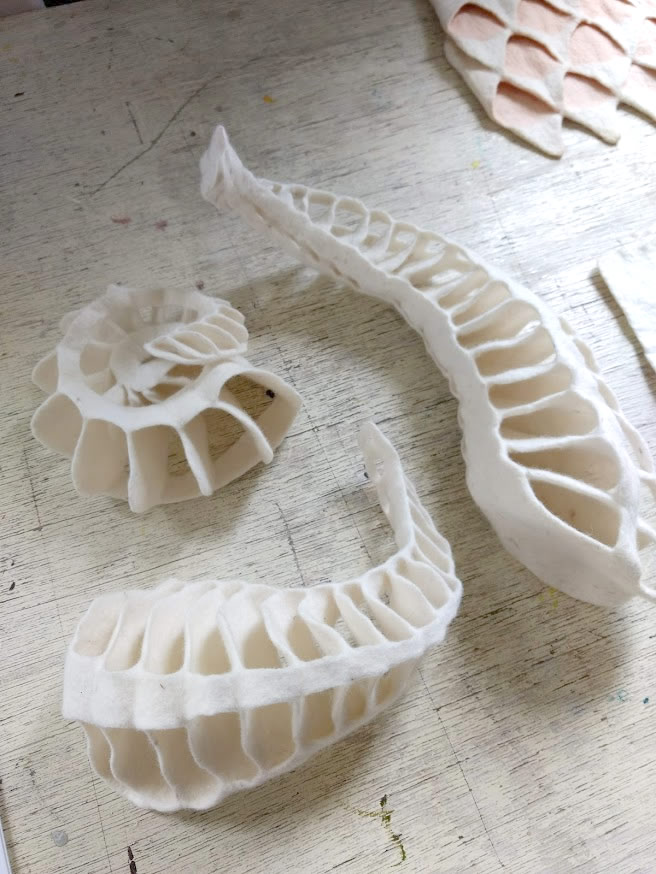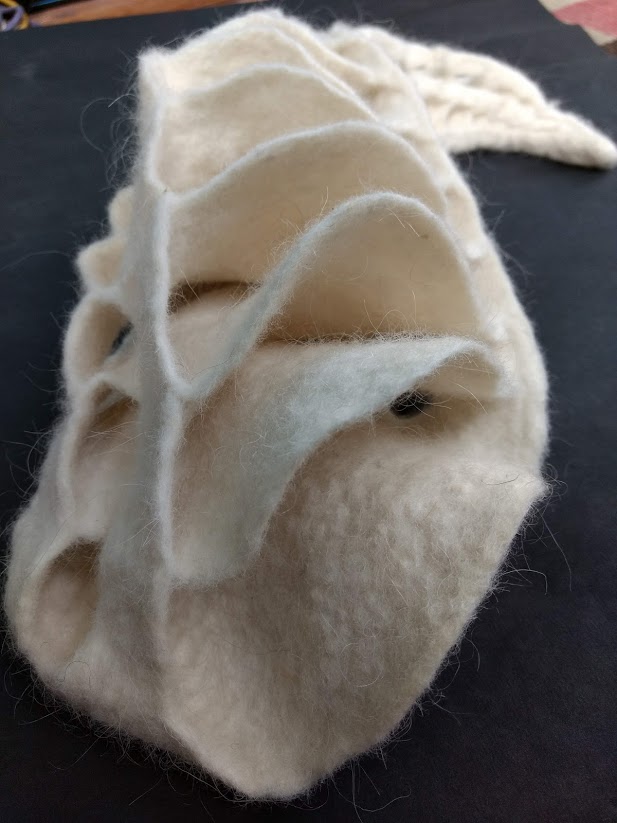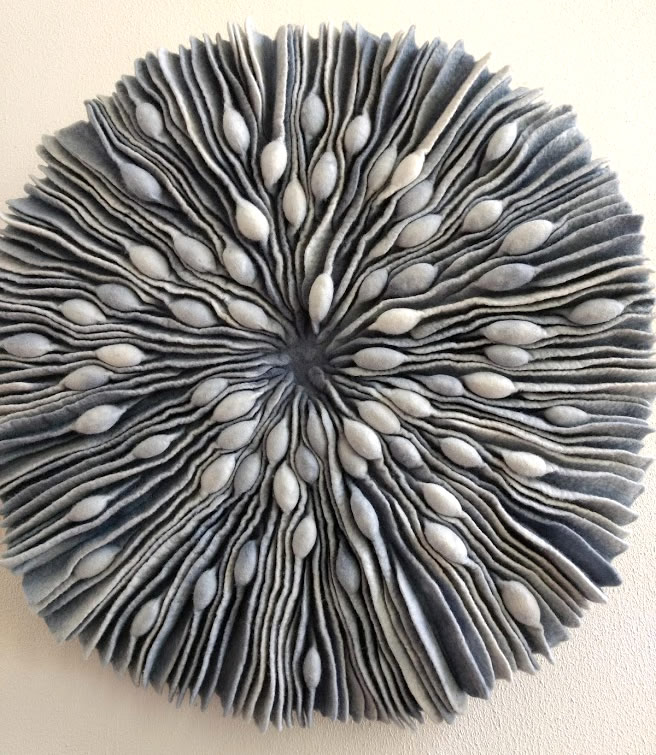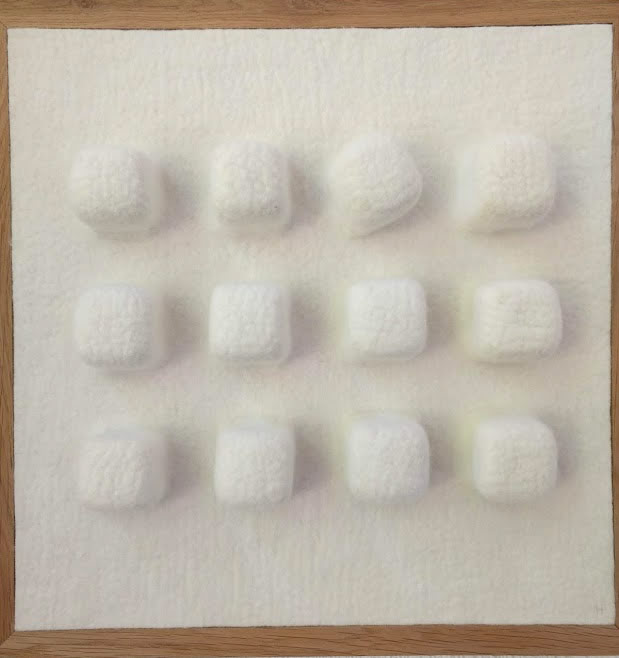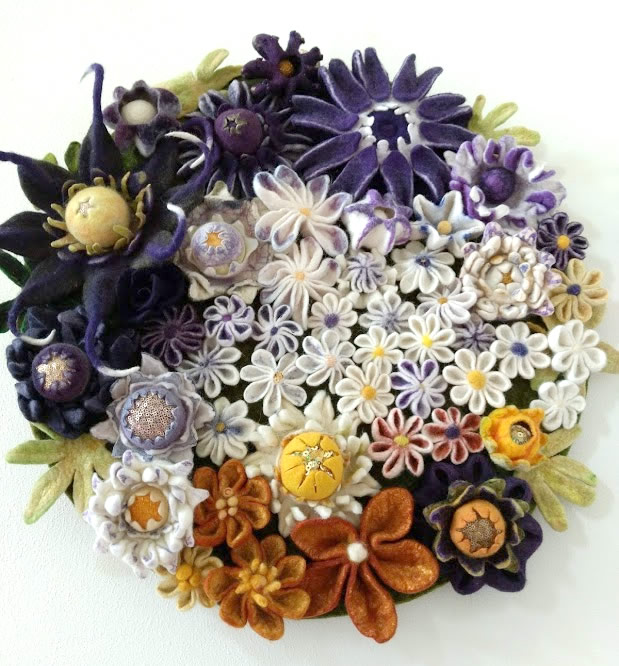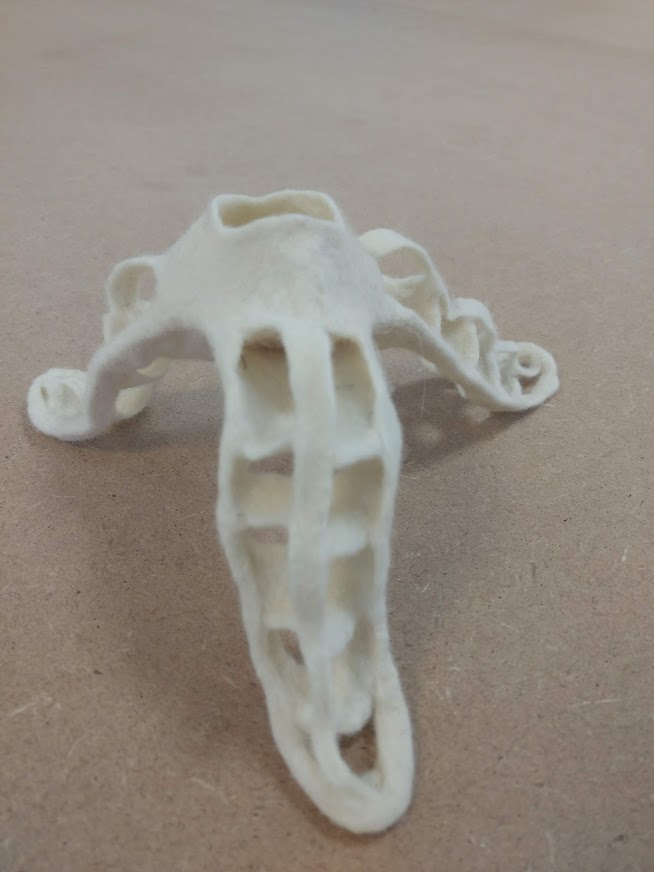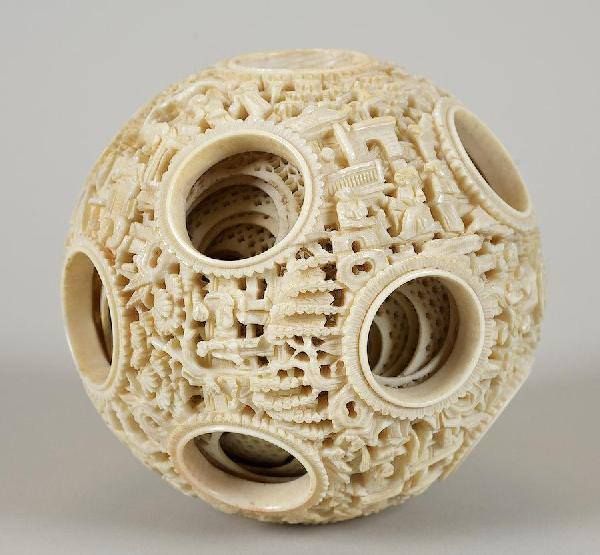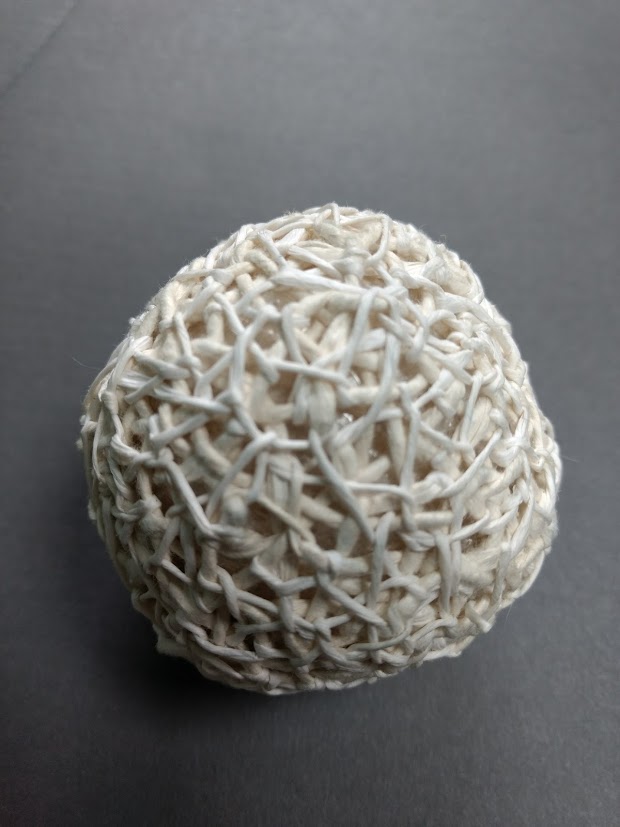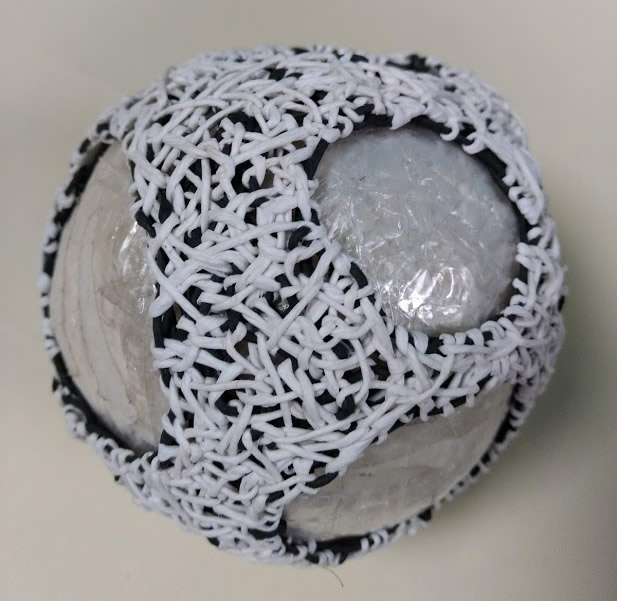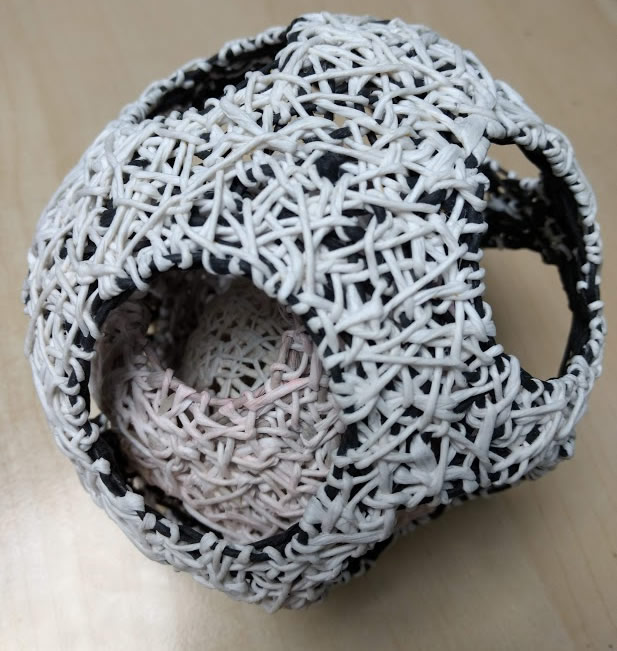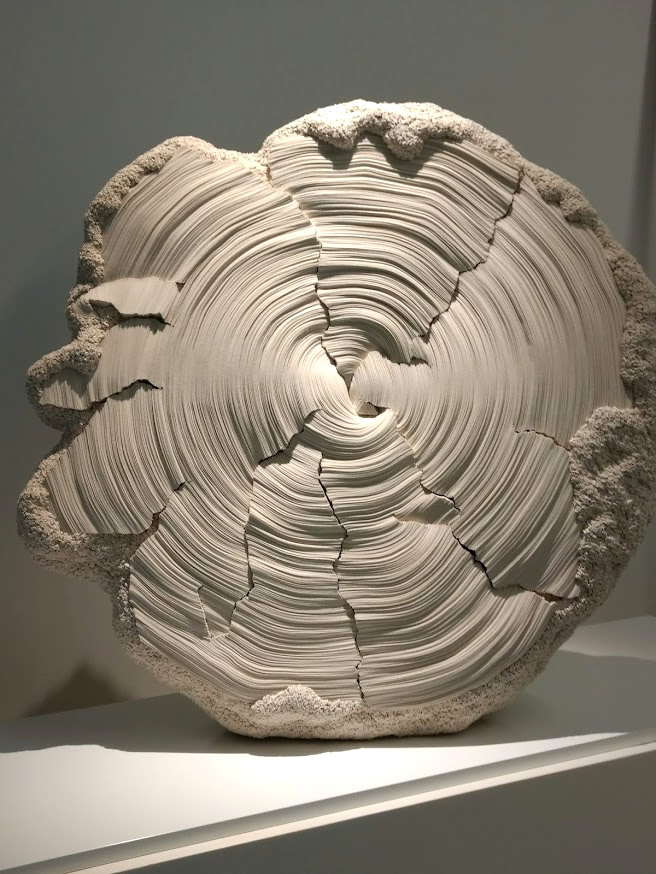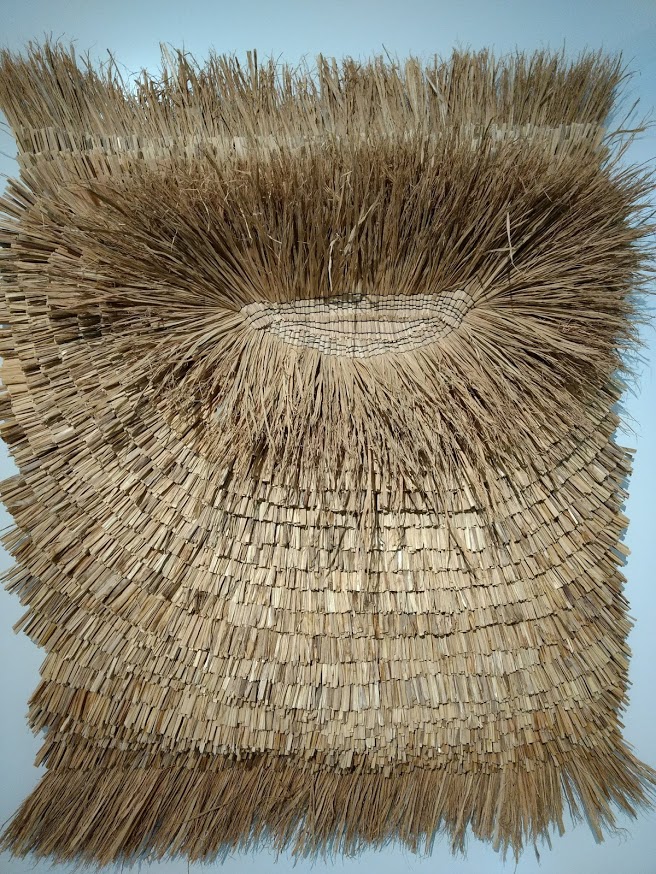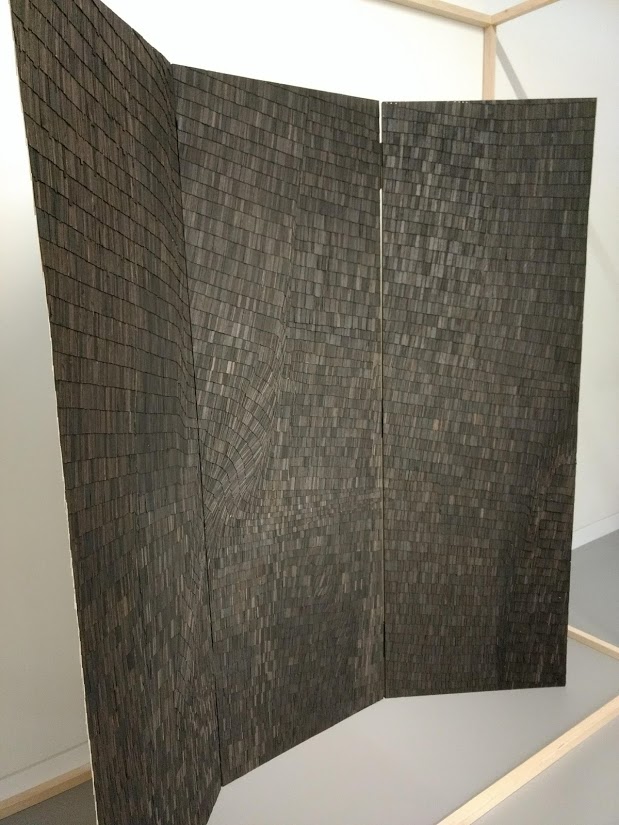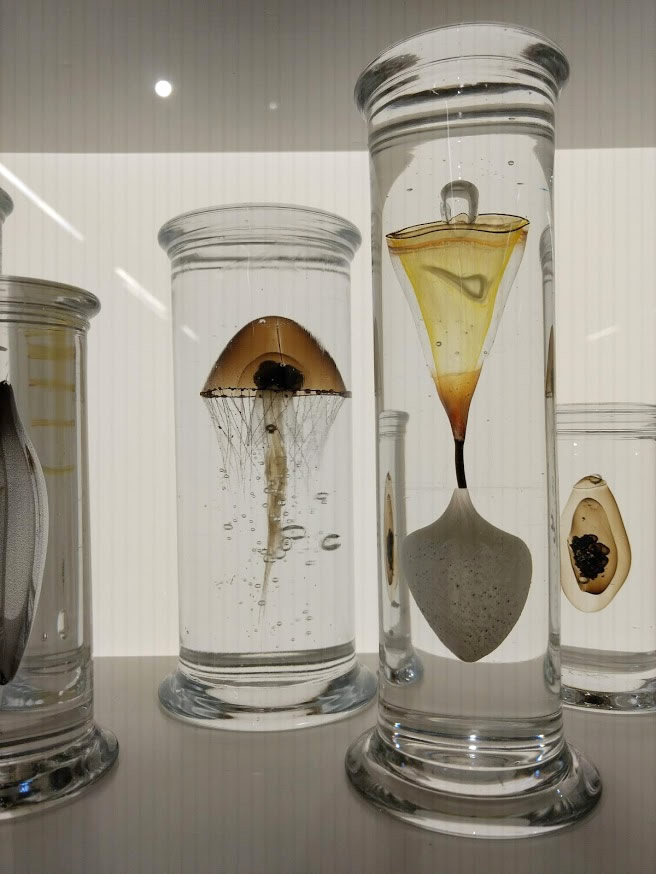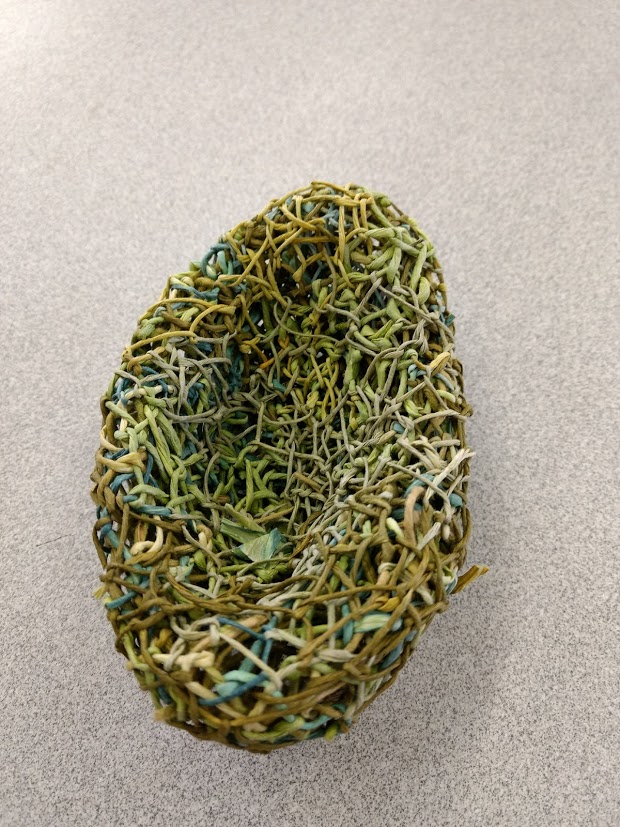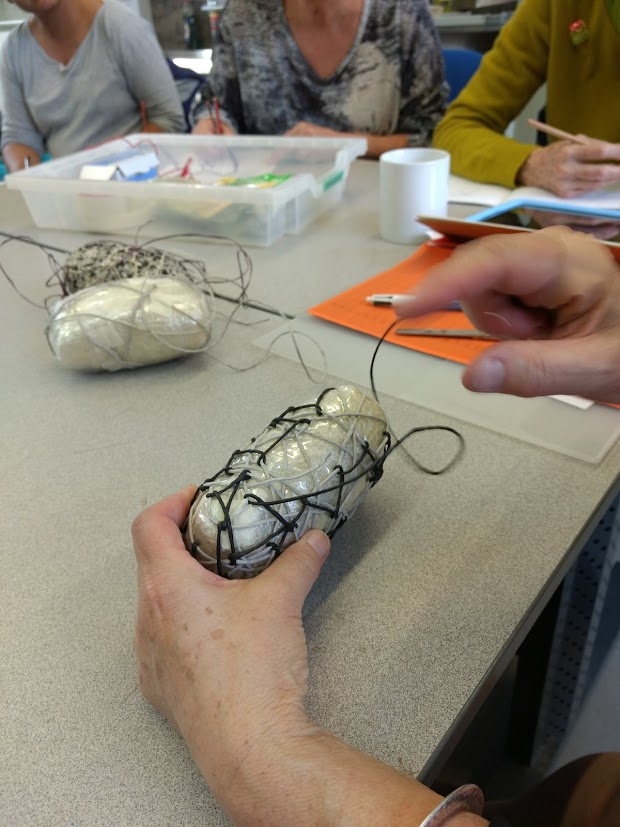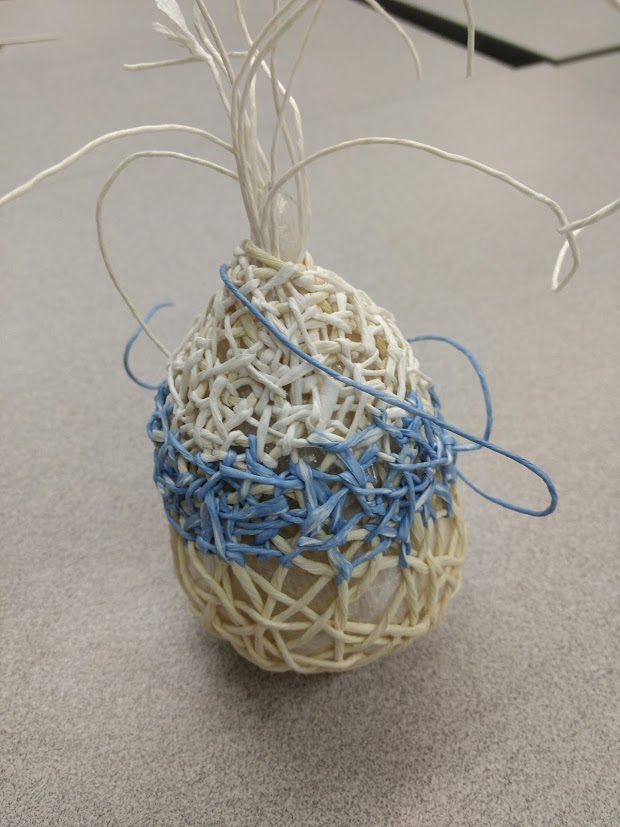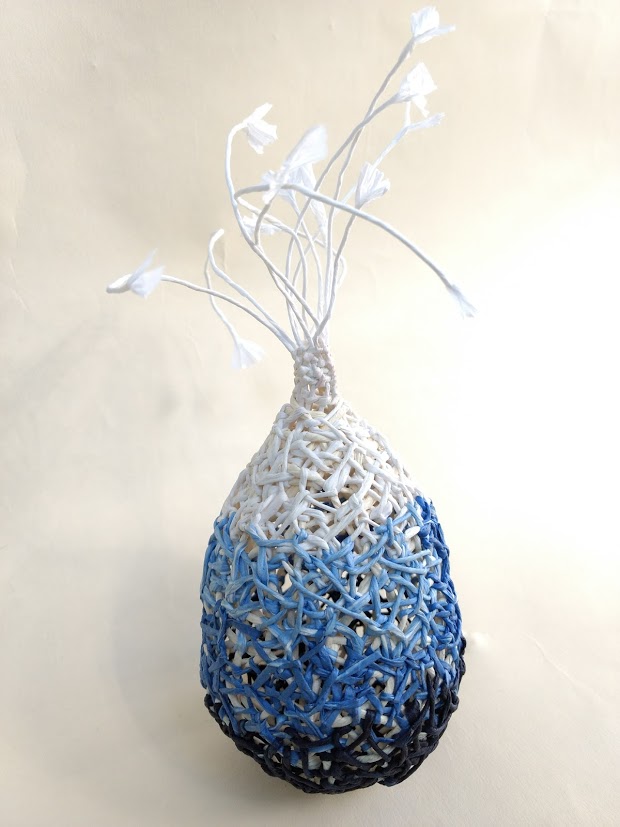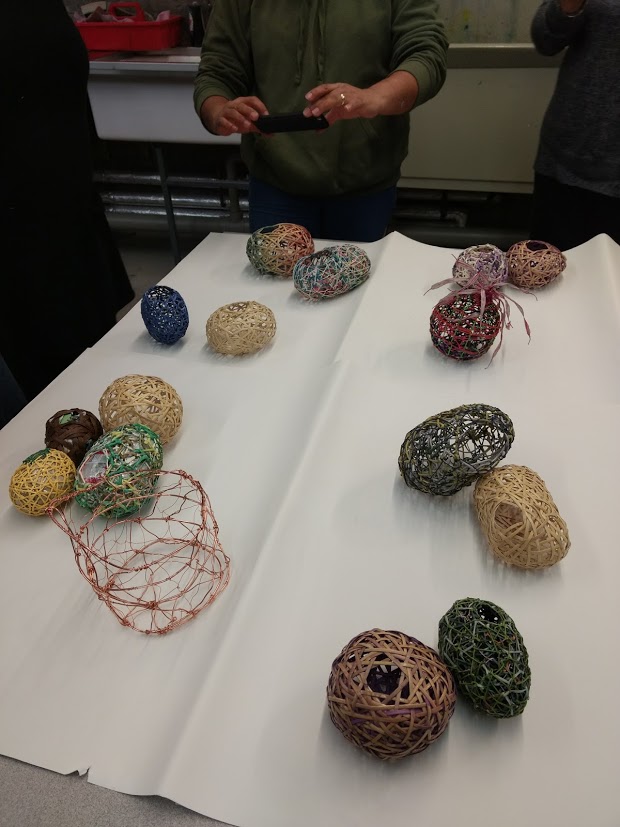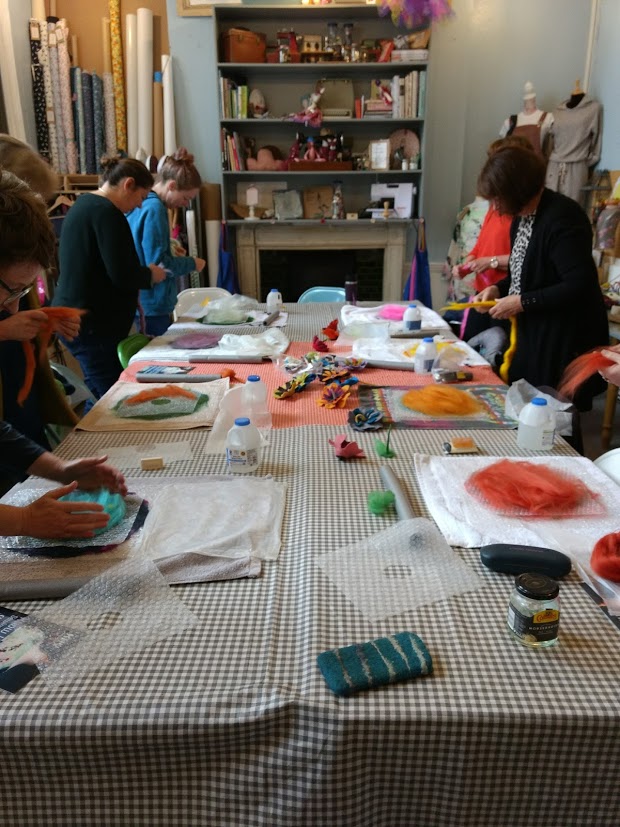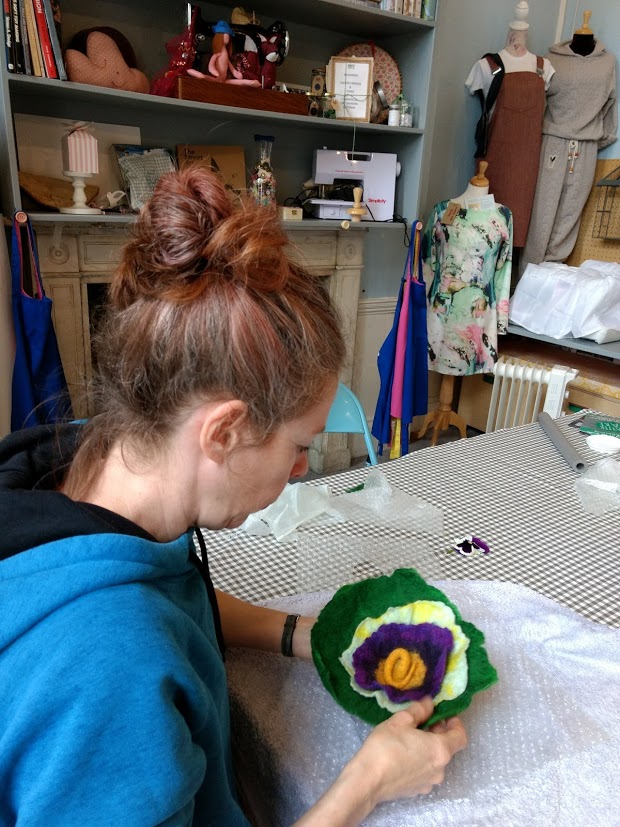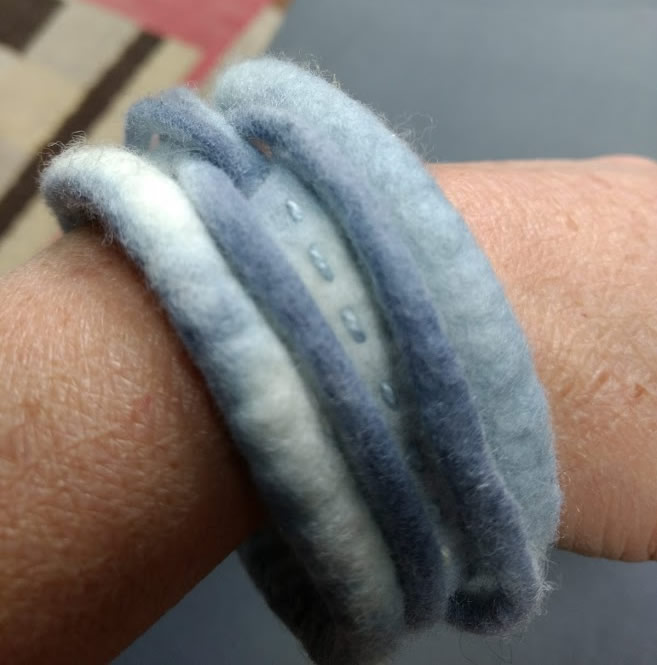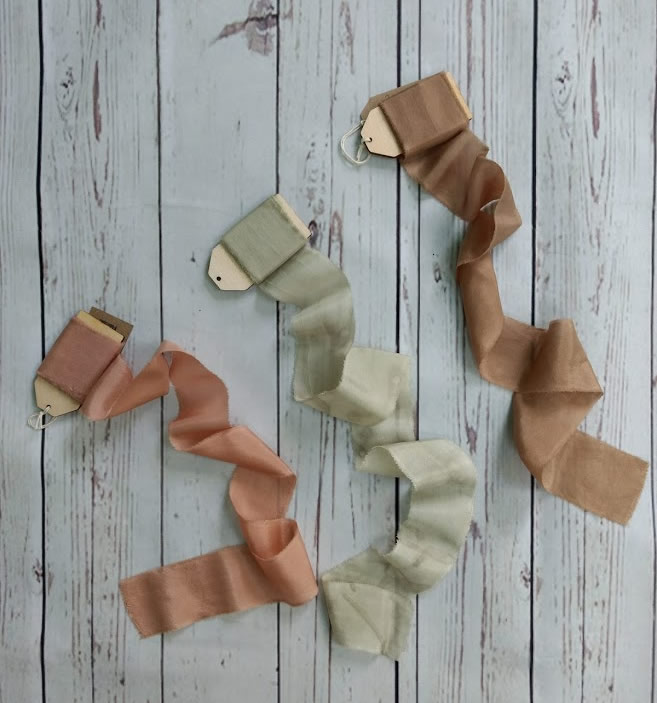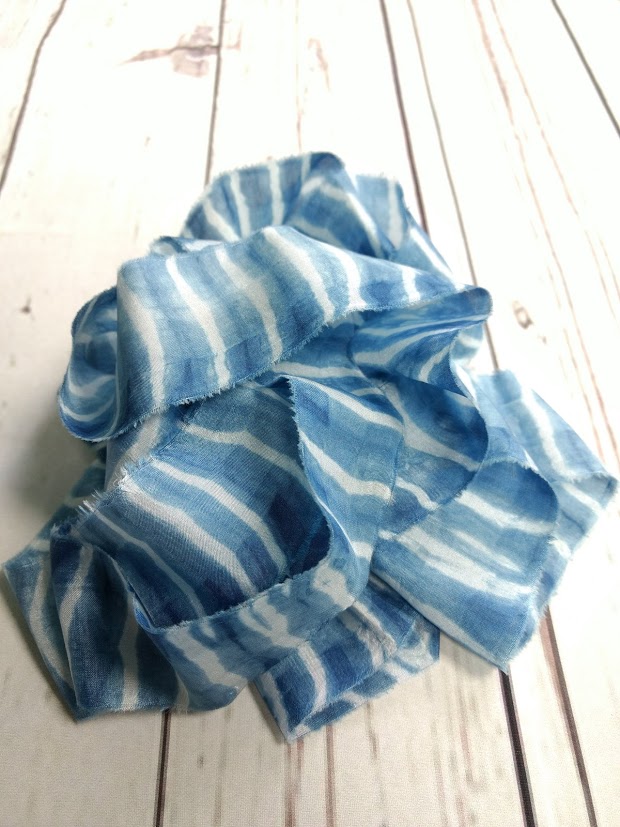June has passed in a flash, as I have been preoccupied with running a four-week crowdfunding campaign for the Friends of Windmill Gardens – another of the hats I wear (which is much needed in this weather!). I’m relieved to say we exceeded our target.
Central Saint Martins textiles degree show
I did take some time off, though, to visit some of the degree shows. My favourite this year was the textiles degree show at Central St Martins, which always seems to be particularly strong in constructed textiles. AND they produce a decent handbook with photos and statements about the students’ work.
I was particularly impressed by Andrea Liu, who had tanned, dyed, woven and stitched smoked salmon skin that she collected from a local warehouse. Perhaps not surprisingly, she won the Mills Sustainability Prize.
I also liked Zoe Atkinson‘s rhythmic 3D knitted fabrics that incorporated solid materials like leather, calling to mind organic and manmade armour.
As a felter, Henrietta Johns doesn’t really fit into any of CSM’s categories of print, knit or weave, but naturally her experiments with felting through stencils and using natural dyes made her work of interest to me.
thread 2018
Last Saturday I got up at 5.30am to pack up the car and drive to Farnham Maltings to set up my stall at its flagship textiles show, thread 2018. This is the third year I’ve done it and I always enjoy the quirky venue, the interesting range of exhibitors and the great organisation.
Despite the heat, the morning was extremely busy – it was some time before I could get a photo of my stand without lots of people in front of it. 🙂
Then in the afternoon I gave a talk about my upcycling work. It was both flattering and terrifying to see the number of people who turned up for it – some were even sitting on the floor because there weren’t enough chairs! No pressure at all…
Thankfully everyone seemed to enjoy it, judging by the questions and enthusiastic comments at the end. And it was lovely to see some familiar faces, like Ginny Farquhar of Alice and Ginny, who I met at thread last year and who is also interested in natural dyeing (as well as much else) and is also growing Japanese indigo this year – we were able to compare notes!
And many thanks to my friend Magdalen Rubalcava, who got up early to come with me and hold the fort on the stall while I was giving the talk.
SLWA exhibition Silence is Over
After packing up and driving back to London after the show, it was straight off to the private view of Silence is Over, the exhibition by South London Women Artists.
I was pretty late so missed the speeches and poetry, but it was fantastic to see how the collective billboards turned out – very strong, thought provoking and provocative.
After that it was off to bed, exhausted! Hopefully July will be a little more relaxed. 🙂

